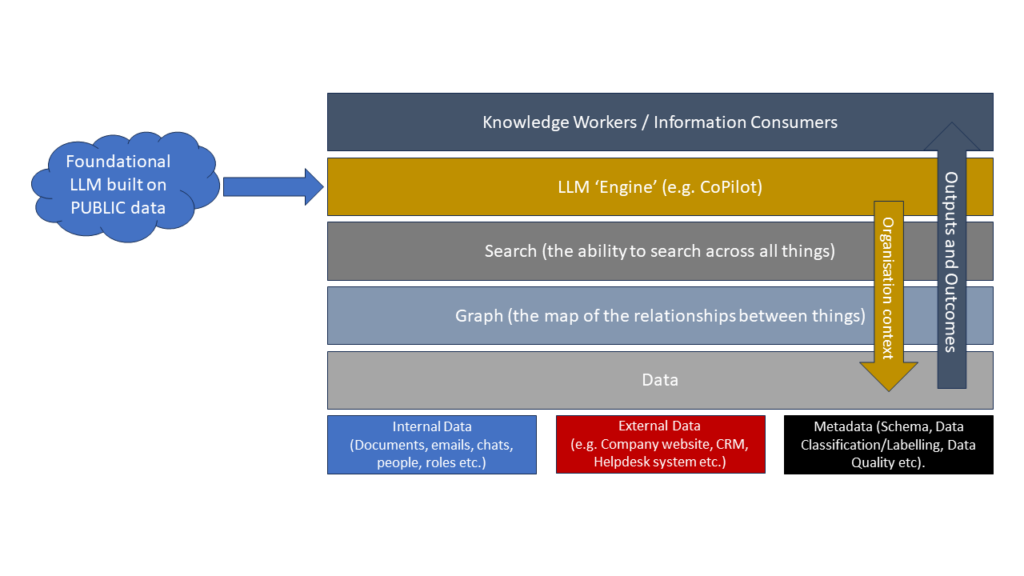
Contact tracing as a technical sport

The whole contact tracing debacle serves to highlight how computer speak obscures common sense and sound historical practice. We are led to believe that an application, or a software product can do the job of medically qualified staff, and the whole issue of risk of infection by a deadly virus can be magic-ed away in a puff of computer smoke. Of course, when the technology fails to deliver due to low uptake, battery problems, involvement of the security services in a public health matter and the basic fact that proper contact tracing is a lost art in Europe, we can always follow the UK’s cheap and cheerful approach of using Serco’s vast army of call centre operators to pretend to be medical professionals. Indeed this is eminently possible from a political point of view, since if you can pretend that pyjamas are workwear, it’s not a big leap to Hippocratic pretentions.
In the Asian countries, where the virus was more successfully contained, mobile phone applications proliferate and have developed to be a very useful enabler for the doctors, epidemiologists and associated medical staff who visit each individual contact in person, protected by HazMat suits and looking like the Michelin man. That’s because in Asia they still have a traditional contact tracing system, just as they have an active public health system. These contact tracing systems are staffed by people because they do the type of work and require the nuanced judgements of people to better understand other people, their motivations and requirements. Irish government investment in contact tracing and long term public health planning has been found to be wanting, in the same way as all long term strategic responsibilities have been deprioritised to only focus on the immediate needs of a struggling political class. It is for this reason that Ireland, and other European countries are trying to persuade us that a piece of software can save us from disease. Because we don’t want to spend the real resource required to do it right. Unfortunately, a Disney themed plaster won’t save a septic limb.
And so how is this relevant in the Data Strategy and Governance arena? Previous blogs have highlighted the pitfalls of implementing and integrating software without addressing the underlying quality of the data, in this case, the lack of a system to start with makes automation and integration impossible. A string of disparate software applications does not make a system. It makes a bundle of buckets tied together. It is much easier and far preferable to start our automation journey with an end to end understanding of what we want to achieve and automate, and then to seek a solution that might do this, rather than hope that the strategy of our various software suppliers will align and merge into ours.
At Castlebridge we take an approach somewhere between technology agnostic and technology sceptical. Technology can help to achieve and implement both a business and a data strategy, as long as it is carefully managed both by and for people. It can never create the strategy or be the enabler of a transformation, merely a tool in the hands of man. Unfortunately, both government and business often fail to realise this.


